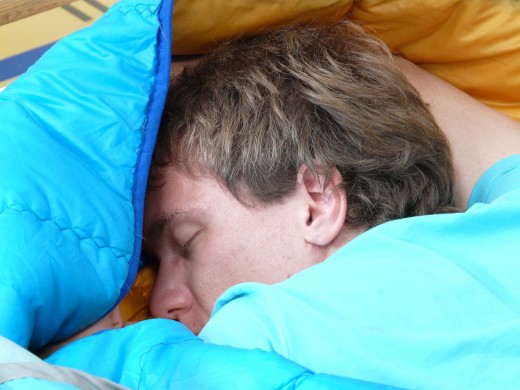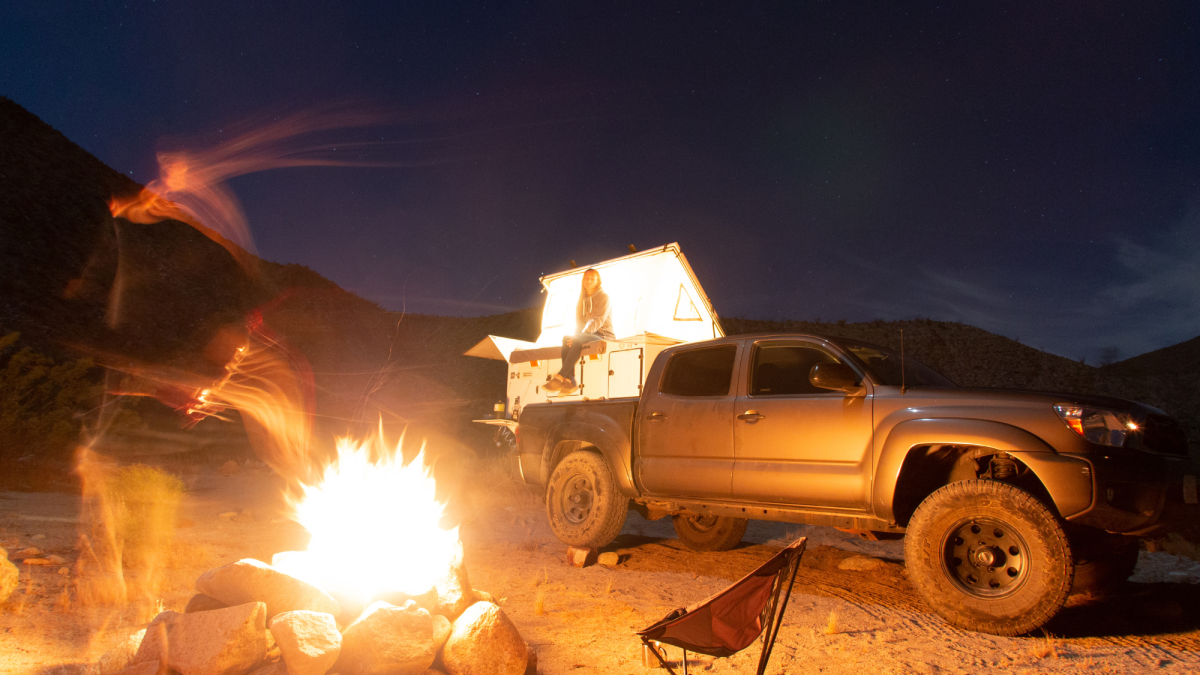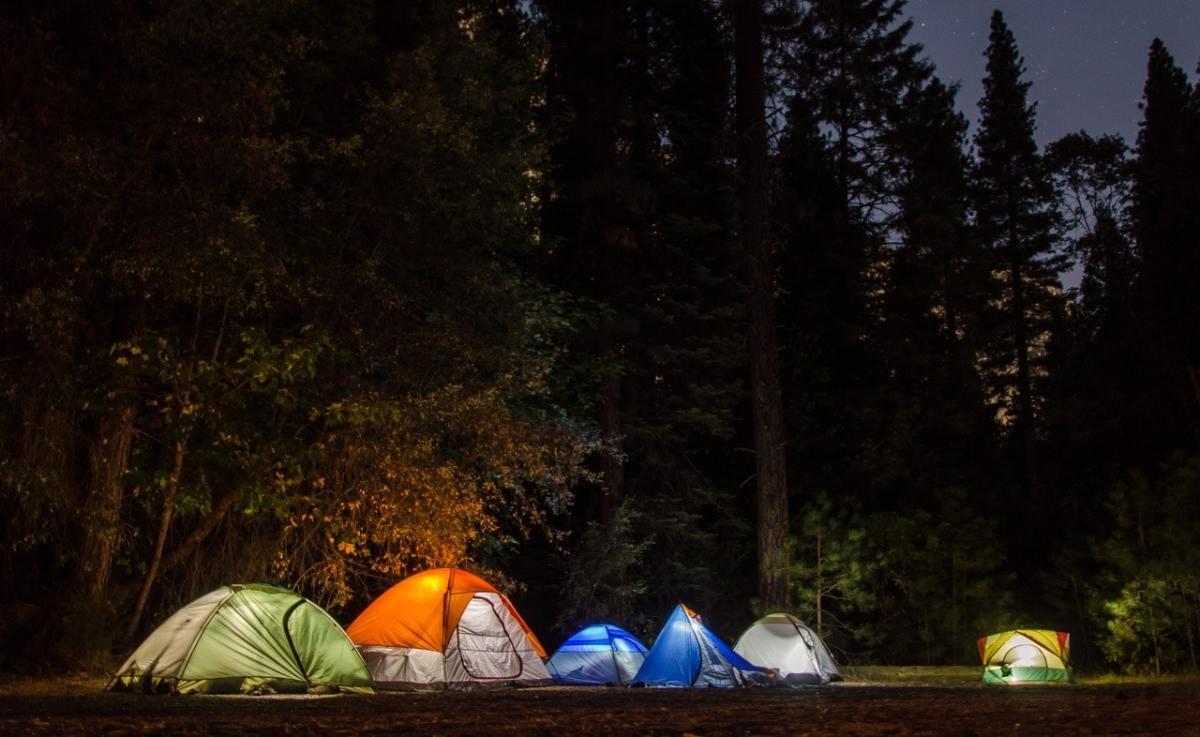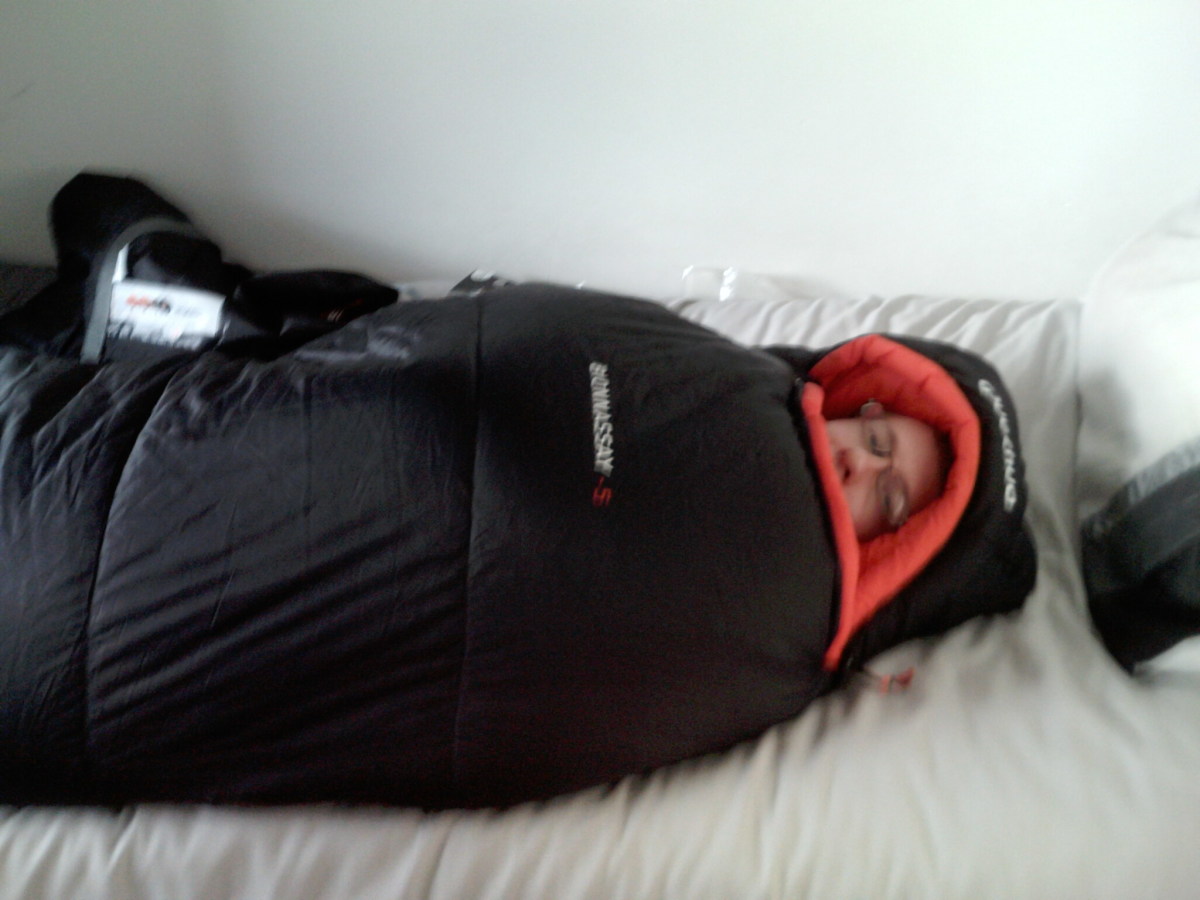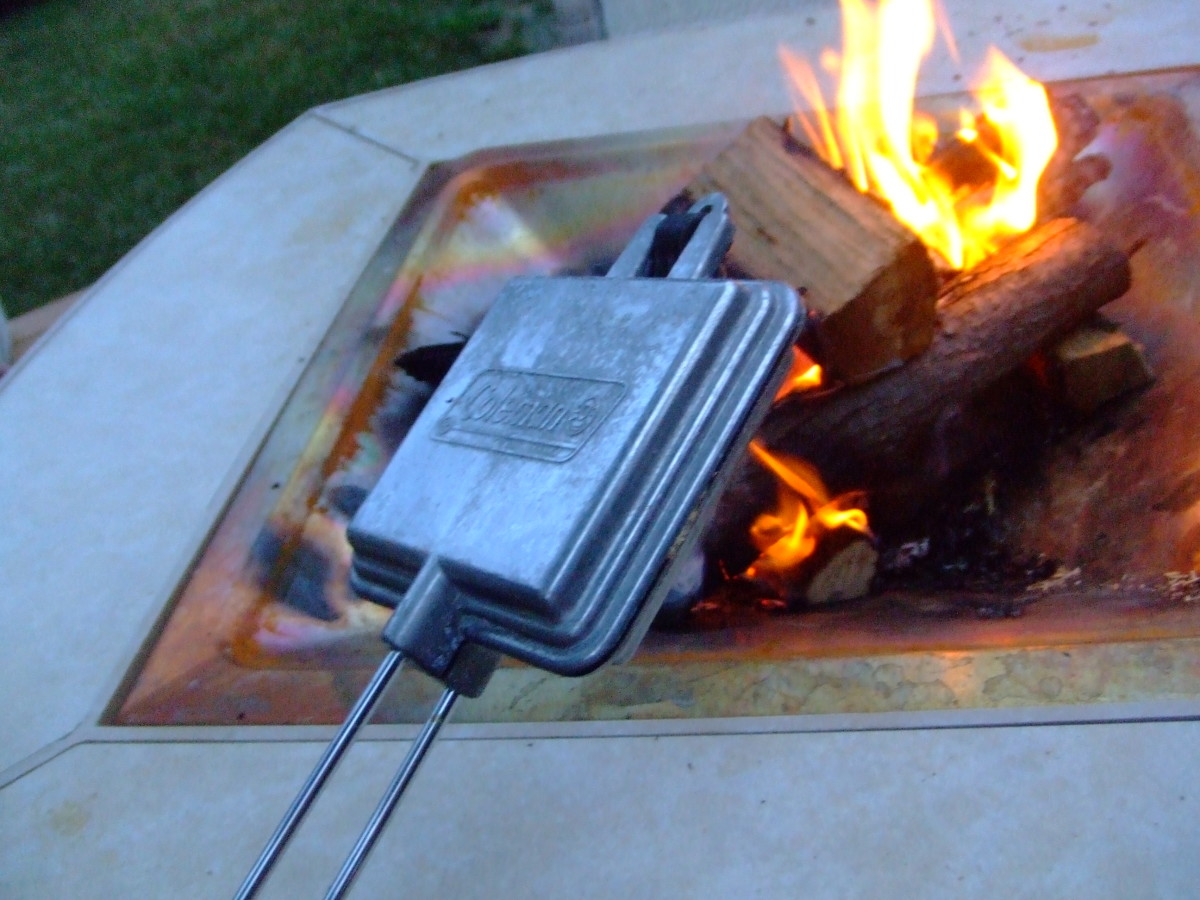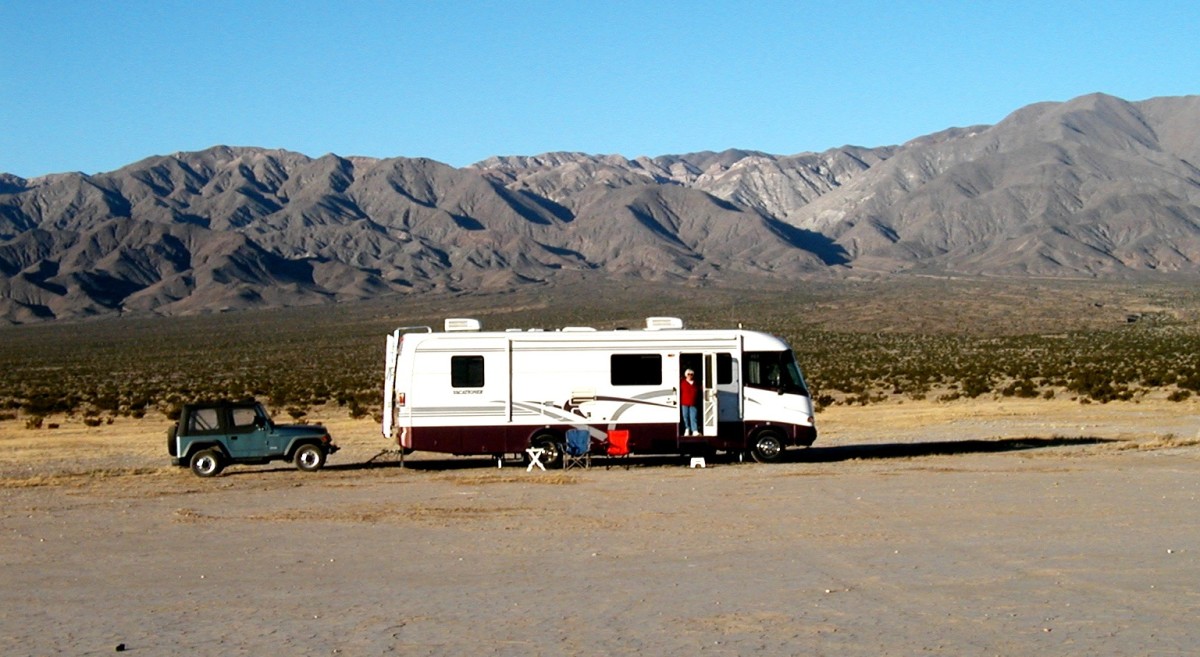How to Buy a Sleeping Bag

First and foremost, as the name implies, we buy a sleeping bag to sleep in, but there are other factors to be considered before making a purchase. Not just for comfort, sleeping bags are designed with our safety in mind also. Before you buy, think about what you will be using it for whether it's car camping, winter camping, wilderness camping, tent camping or even hardcore on the side of a mountain camping. Consider the sleeping bag one of the most important purchases you will ever make for your camping lifestyle.
If money is no object, then perhaps you could buy multiple sleeping bags for all weather conditions. If money is an object, then a little research will go a long way.
Temperature Rating
Sleeping bags have temperature ratings that identifies the lowest temperature at which a bag is meant to keep an average sleeper warm. Keep in mind, that these ratings are based on the idea that you will be wearing long underwear to bed and not directly on the ground, but using a sleeping pad under the bag. To be even more comfortable, wearing an extra layer of clothing, good quality wool socks and perhaps a cap on your head would do nicely. Of course, everyone is different, some sleep cool, some sleep hot. The temperature ratings are not an exact science, but are meant to give you a good idea how they will work in certain weather conditions.
Generally sleeping bags come with these ratings:
- Summer bag- +35 degrees and higher
- 3-Season- +10 to 35 degrees
- Winter- +10 degrees and lower
When picking a bag for purchase always leave an extra temperature cushion, go a little lower, better safe than sorry.
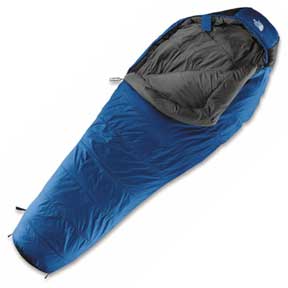
Sleeping Bag Shapes
Sleeping bags are also divided by shape, these are the top 4 shapes:
- Rectangular- Just as the name implies, a long rectangular shape, providing the same space for the feet and chest area.
- Semi-rectangular- Moderately snug around the feet, opens up towards chest area.
- Mummy- A favorite among campers, this shape provides a snug fit around the feet and widens up around the chest area.
- Double Wide- This is designed with enough space for 2 people.
Types of Fill
Sleeping bags keep you warm because of the fill that they have inside that insulates you from the outside environment. It traps body heat inside the bag and prevents the exchange of warm and cold air. There are basically two types of fill, natural and synthetic. Within those two types we then have to decide on how much fill we want, loft, what type of synthetic and if we want waterproof or not.
- Natural fill- Down is used in sleeping bags and is an excellent choice and is the most efficient type of insulation. The warmth to weight ratio is very high and can compress into a very small space making it great to carry while hiking. With proper care, a down fill sleeping bag will last a long time.The downside of down fill is that it is expensive and once it gets wet it loses its insulation value and takes a long time to dry out. You can buy it with a water repellent called DWR that helps it when wet to keep its insulation value.
- Synthetic- There many types of synthetic fill and some are actually the same just named differently by sleeping bag makers. Synthetic fill is going to have a slightly higher warmth to weight ratio, but as technology advances the weight goes down. It is non-allergenic, keep their warmth value better when wet and are lower priced than down. Most sleeping bag makers claim their fill is best, but they are all good, you may want to compare pros and cons between the individual types of synthetic fill.
Price
Sleeping bags also have a wide price range, anywhere from a big box sale price of $10 all the way up to $1120 or perhaps even higher. Of note, the higher price of the sleeping bag does not correlate with quality. If budget is a concern there are many bags under $100 that might fit your needs. As with most things we buy, brand names tend to be higher in price for what you get.
Once you have decided between natural or synthetic, price, shape and what temperature rating you require you can proceed with picking out a bag you want to buy. The only other thing you need to decide is what color you want and get a great night sleep.
